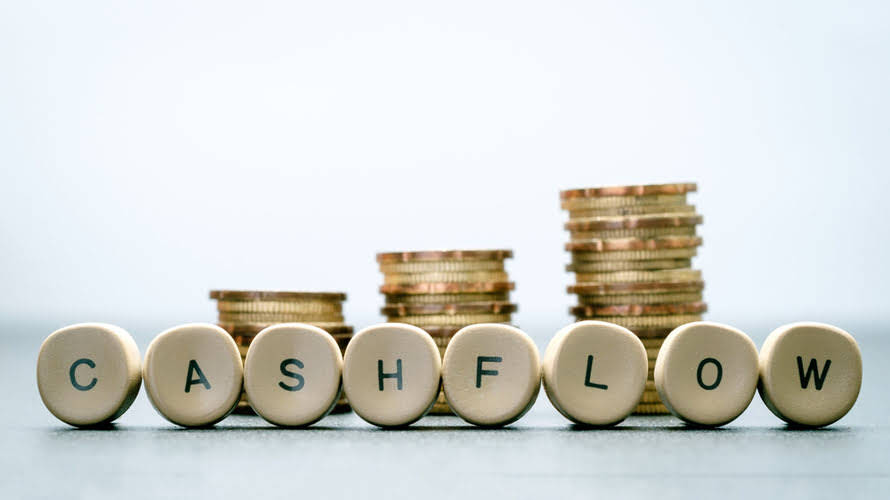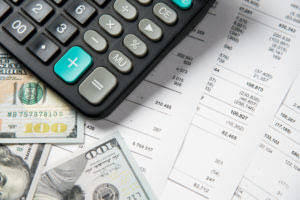
By harnessing diverse perspectives, organizations can make more comprehensive decisions that account for different facets of a problem. With big data, organizations can gather extensive information, providing a robust foundation for predictions and strategies. Decision trees are a visual representation of possible solutions where each branch represents a potential decision or event. A keen understanding of logistics and being resourceful are crucial to effective operations management. Regular team meetings foster an environment where diverse perspectives are considered, enhancing the framework’s effectiveness and promoting unity in pursuing common goals.
Paired Comparison Analysis
- It’s perfectly acceptable to broaden both frameworks’ applicability beyond your roadmap.
- The Golden Circle was introduced by leadership specialist Simon Sinek back in 2009 in his book Start with why.
- The Logic or Decision Tree is a critical thinking framework based on root-cause analysis.
- One standout benefit of using this tool is its ability to identify clusters of competitors and market gaps, paving the way for businesses to strategically position themselves for optimal success.
- Read more from Stripe’s COO on the steps startups need to take to grow sustainably.
- Another factor that requires an entrepreneur’s attention is their team/s, as teams play a critical role in the success of a startup.
They may include nonfederal governmental agencies, nongovernmental organizations (NGOs), private-sector interests, or others who have significant interests in the outcome of decisions and actions. It is critical that all relevant players be involved; if a representative of a sector that is a key driver in the issue is missing, the likelihood of success is decision making framework greatly diminished. Miro’s decision-making templates are designed to streamline and improve the decision-making process for teams of all sizes. These templates provide structured frameworks that help teams navigate complex decisions, ensuring that all relevant factors are considered and that the decision-making process is transparent and collaborative.
Frameworks and Models
The Eisenhower Matrix, also known as the Urgent-Important Matrix, helps prioritize tasks and decisions based on their urgency and importance. Developed by Dwight D. Eisenhower, the 34th President of the United States, it categorizes tasks into four quadrants to assist in managing time and priorities effectively. This framework is useful across various fields where effective time management is critical. Participatory Decision Making emphasizes involving relevant stakeholders in the decision-making process. By promoting collaboration, inclusivity, and collective ownership of decisions, it enhances both the quality of decisions and the commitment to their implementation.
- The value at stake for delegated decisions is in the multiplier effect they can have because of the frequency of their occurrence across the organization.
- You should never feel pressure to adopt one particular framework, no matter how popular it is.
- These technologies can assist decision-makers in making data-driven and informed choices.
- Of course, the issues Instagram applied the RACI model to were slightly different.
- A word of caution about scalable decision-making frameworks… they aren’t magic.
- By utilizing data analytics tools, decision-makers can make more accurate predictions, optimize processes, and identify potential opportunities.
Frameworks For Decision-Making
This tool is especially valuable in strategic planning and problem-solving, where the interplay between micro and macro perspectives is significant. Hayakawa, this framework suggests that decision-making clarity can be improved by moving up and down the “ladder” – from specific, concrete details to broader, more abstract concepts. It helps in understanding problems from different perspectives and in making balanced decisions. This framework is particularly beneficial in decision contexts requiring complex multi-criteria evaluations, such as in engineering, environmental management, and policy-making. Named after the Italian economist Vilfredo Pareto, this framework suggests that an outcome is considered efficient when no individual or party can be made better off without making someone else worse off. It focuses on maximizing overall welfare and optimizing resource allocation.

The report also features examples of government linkages which include Adaptive Management on the Platte River, Philadelphia’s Green Stormwater Infrastructure, and Managing Land Use in the Mojave. Engage locals, states, and NGOs through an iterative processes to the extent possible, stressing inclusiveness, receptiveness, and good communications. Microsoft’s Power BI is a convenient platform for data visualization and analytics.

TikTok vs. Instagram for social media marketing: Who wins?
Many executives are surprised when previously successful leadership approaches fail in new situations, but different contexts call for different kinds of responses. Before addressing a situation, leaders need to recognize which context governs it—and tailor their actions accordingly. A word of caution about scalable decision-making frameworks… they aren’t magic.
By encouraging critical thinking, and considering potential risks and drawbacks, it helps identify weaknesses in the decision-making process. It aids decision-makers in prioritizing efforts by focusing on the critical few factors that yield the most significant results. It is widely used in quality control, project management, and business strategy, where identifying high-impact areas is crucial. Interestingly, Drucker’s classification system focused on how generic or exceptional the problem was, as opposed to questions about the decision’s magnitude, potential for delegation, or cross-cutting nature. That’s not because Drucker was blind to these issues; in other writing, he strongly advocated decentralizing and delegating decision making to the degree possible. We’d argue, though, that today’s organizational complexity and rapid-fire digital communications have created considerably more ambiguity about decision-making authority than was prevalent 50 years ago.

Process Mapping
It involves identifying the strengths and weaknesses (internal factors) and the opportunities and threats (external factors) related to a decision. Every day, we make numerous choices that significantly impact our journey. From deciding what to wear to determining the best marketing strategy https://www.bookstime.com/ for a product launch, the essence of decision-making is everywhere. Understanding how to effectively make decisions, then, becomes a vital skill. As you strive to implement robust decision-making frameworks within your organization, consider the power of DailyBot to streamline the process.